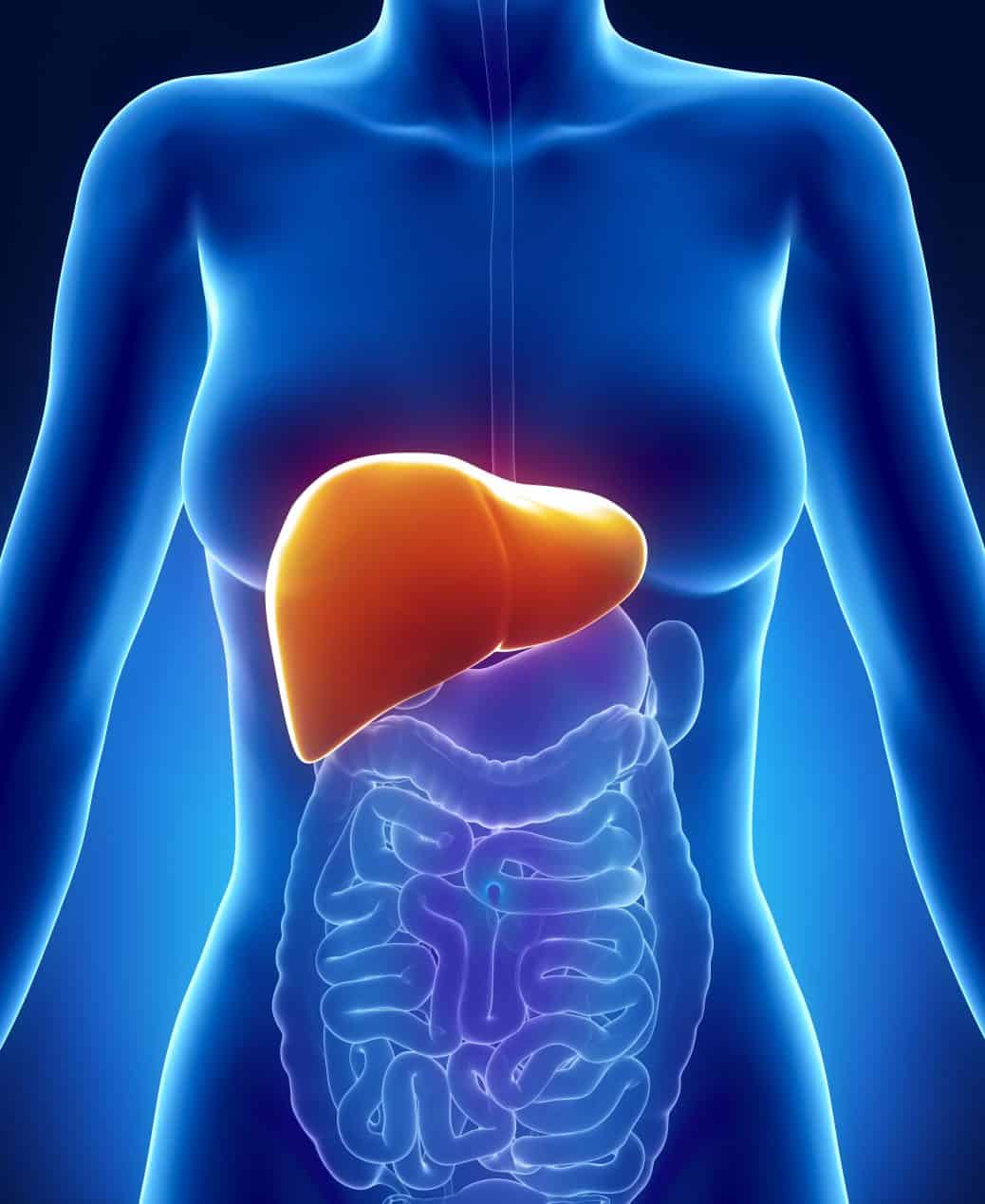

Liver disease develops silently with no signs or symptoms, and the tests currently done in general practice do not detect underlying liver scarring or cirrhosis. Screening of cirrhosis patients for liver cancer with a 6-monthly ultrasound in primary care can enable effective early treatment, reducing cancer mortality. In England and Wales in 2020, there were 9,666 liver deaths with a further 5,445 deaths from primary liver cancer. Primary liver cancer frequently develops as a complication of chronic liver disease. Primary prophylaxis of varices using endoscopic band ligation or therapy with beta blockers significantly reduces the risk of a first bleed. In addition, around half of patients with cirrhosis develop portal hypertension (increased pressure in the abdominal veins) – varicose veins in the gullet can bleed severely and are a common cause of death. If the underlying cause persists, cirrhosis will inevitably progress to liver failure: The scar tissue becomes less important, just as the scar of an operation becomes less visible with time. The scar tissue may not disappear, but if the underlying cause is removed liver function will often improve dramatically.

There is a misconception that cirrhosis is end-stage and irreversible, but the liver has remarkable powers of regeneration. Īll liver diseases have a common pathway of liver damage that results from the accumulation of scar tissue (fibrosis) and when the liver is very scarred this is termed cirrhosis. In the last 2 decades, around 90% of liver deaths in England are related to lifestyle and unhealthy environments with the vast majority of these being alcohol related, and it is these diseases that are responsible for a 4-times increase in liver mortality over the last few decades. In England in 2020, in around a tenth of liver disease-specific deaths, the aetiology of liver disease is not recorded, but the likelihood is that the majority of these deaths are alcohol-related, with a proportion due to NAFLD, autoimmune liver disease and other causes. metabolic liver disease and a variety of rarer miscellaneous causes.non-alcoholic fatty liver disease ( NAFLD) related to obesity and metabolic syndrome.The leading causes of mortality from liver disease and liver cancer are: Table 1: specific causes of liver disease and their ICD-10 codes Liver disease *specific causes The fifth leading cause of working lives lost in England in 2020 was coronavirus (COVID-19).įigure 1: years of working life lost to specific causes in England and Wales, 2001 to 2020 Self-harm and undetermined intent was the leading cause. In England, in 2020, liver disease from specific causes was the second leading cause of working lives lost (between those aged 16 to 64), overtaking ischaemic heart disease and accidental poisoning.

Since 2001, in England the rate of liver disease and liver cancer deaths in people aged under 75 has been increasing, and in 2020 it reached its highest at 20.6 per 100,000 population. Intentional self-harm, ischaemic heart disease and accidental poisoning were the top 3. For males, diseases of the liver were the fourth top cause of working life lost, accounting for a loss of 45,000 years. In terms of years of working life lost (among those between the ages of 16 and 64) in England and Wales, diseases of the liver were in the top 2 leading causes for females in 2020, accounting for 28,000 years lost (malignant neoplasm of the breast was the top cause). It was the second leading cause of death for people aged 35 to 49 years, accounting for 9.8% of deaths in that age group. The Office for National Statistics reports that in 2020 in England, cirrhosis and other diseases of the liver are among the top 5 leading causes of death for females in the 20 to 34, 35 to 49 and 50 to 64-year age groups, and males in the 35 to 49 and 50 to 64-year age groups. Almost half of these deaths occur in those of working age (ages 15 to 64). Liver disease and liver cancer together caused 2.5% of deaths in England in 2020. The Public Health England team leading this policy transitioned into the Office for Health Improvement and Disparities (OHID) on 1 October 2021.


 0 kommentar(er)
0 kommentar(er)
